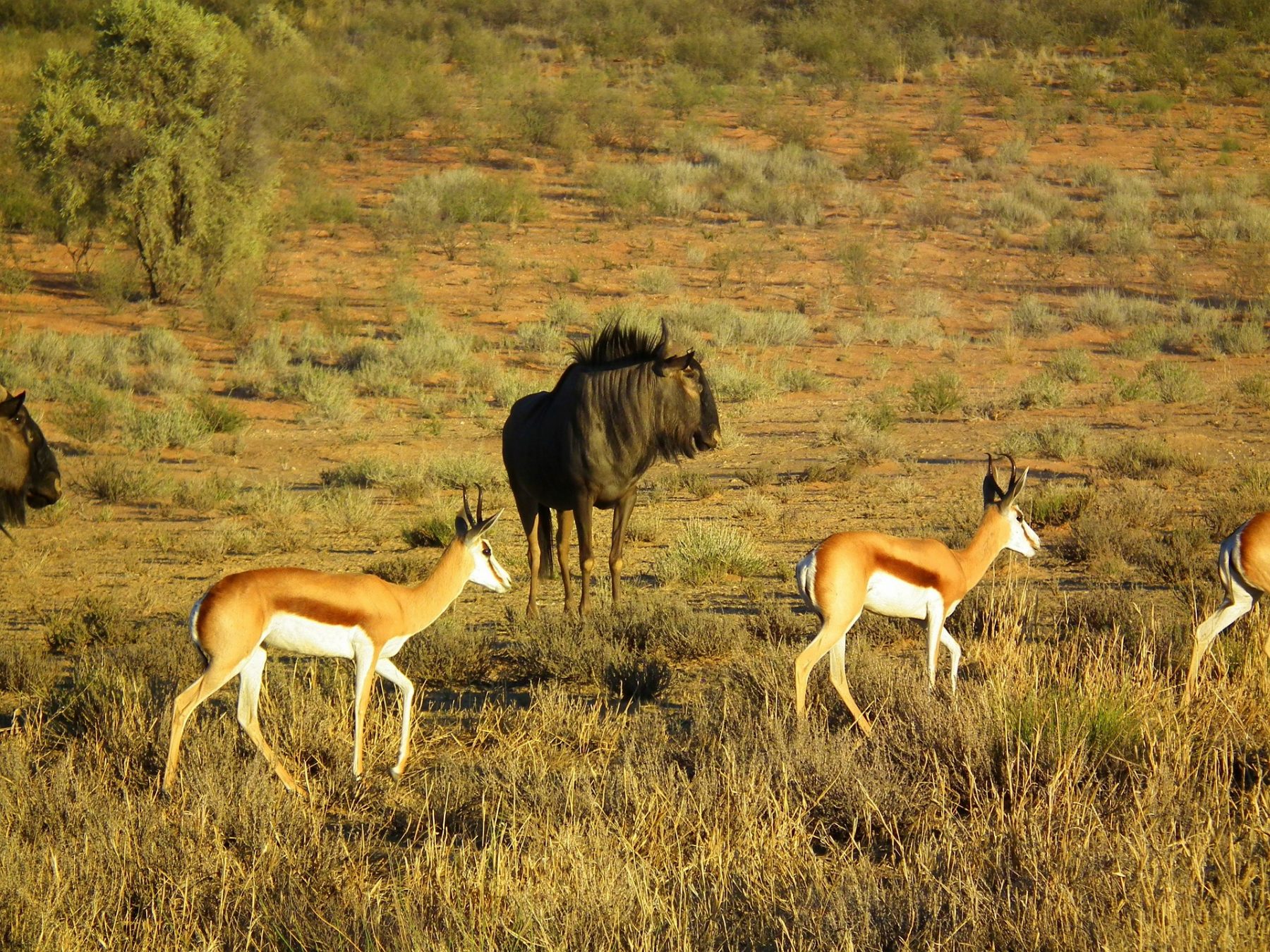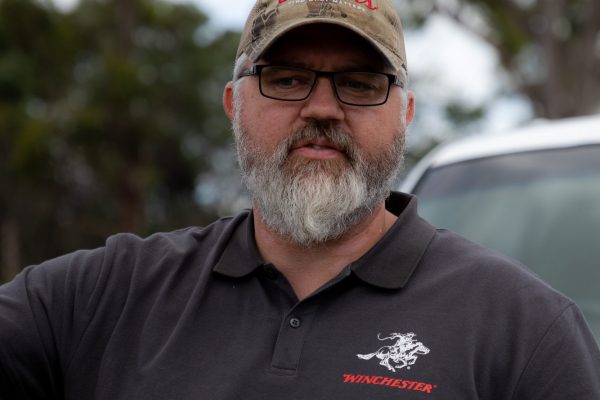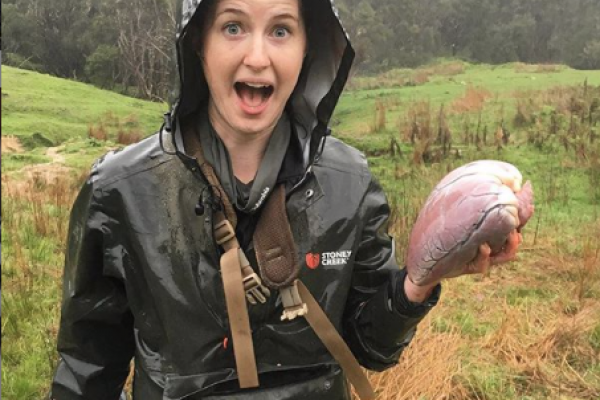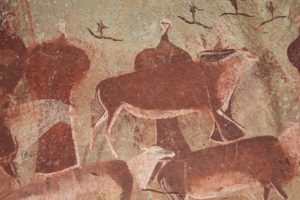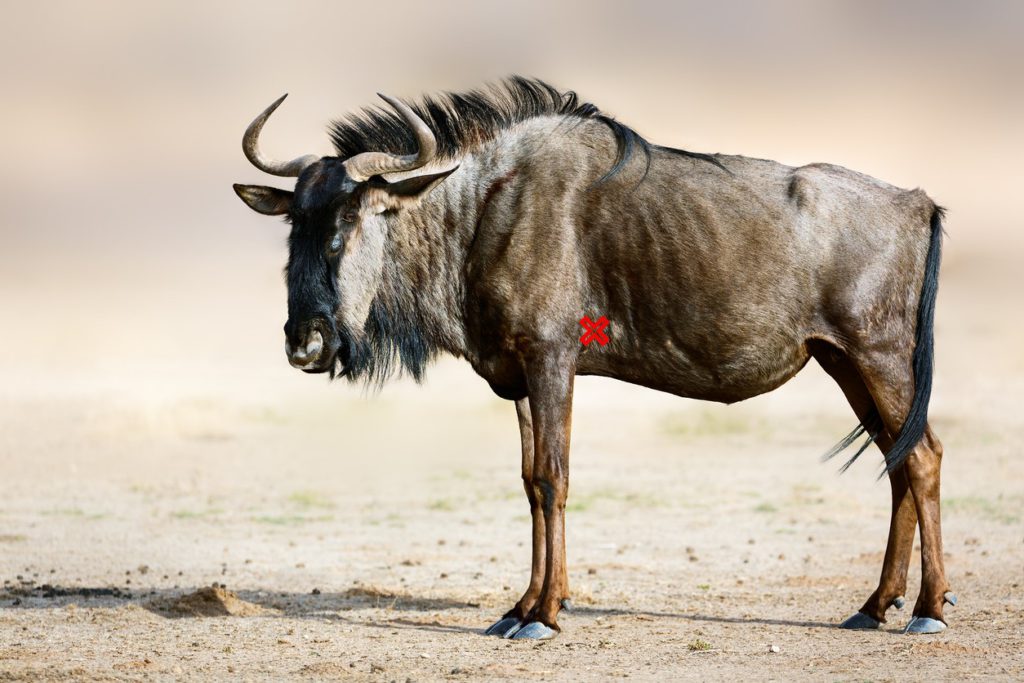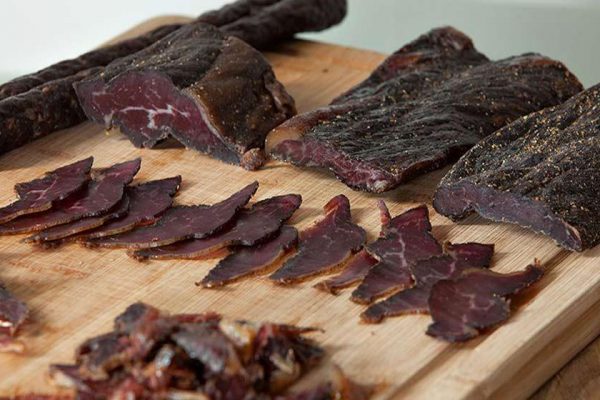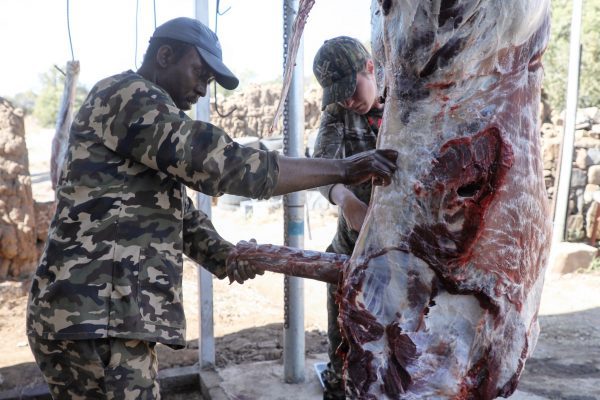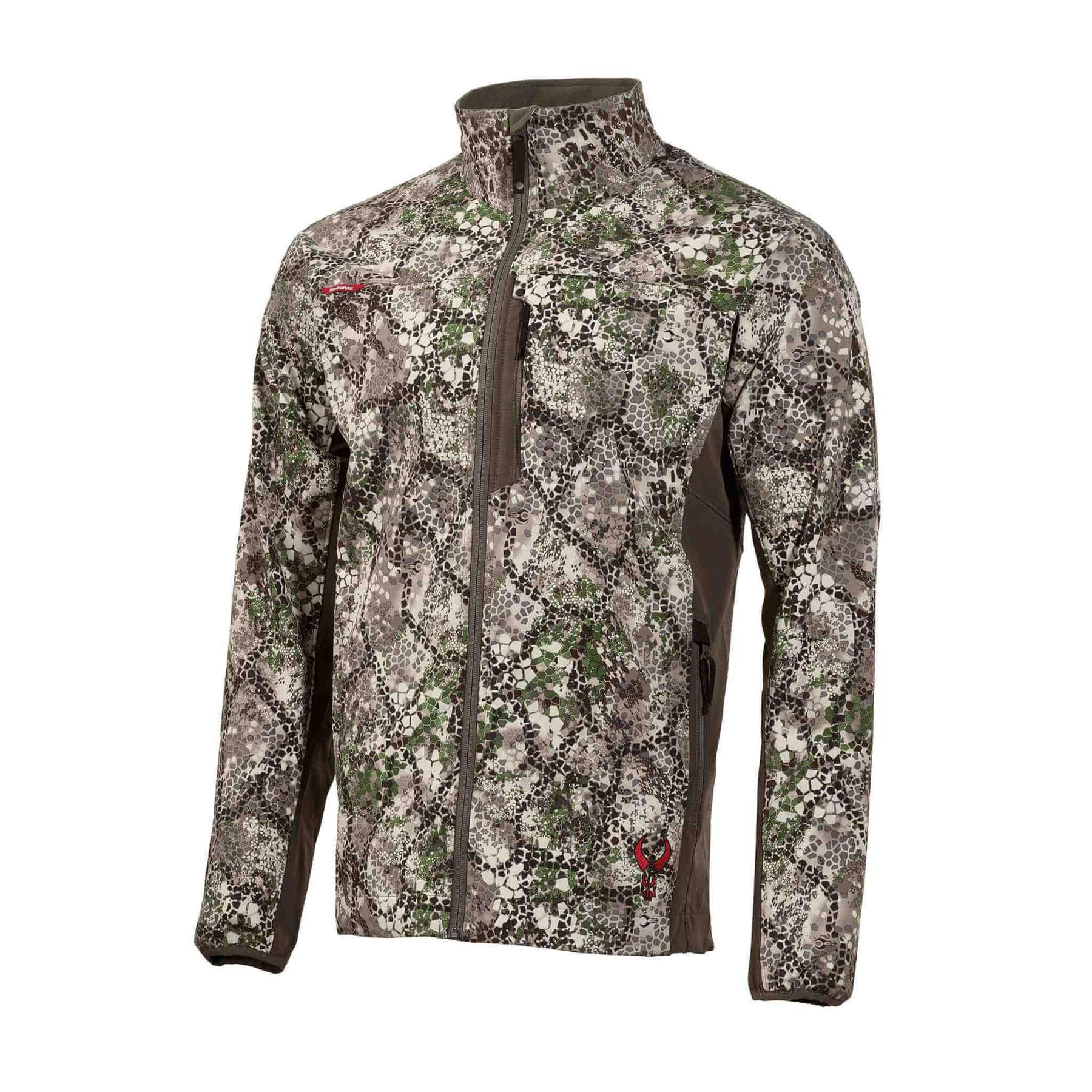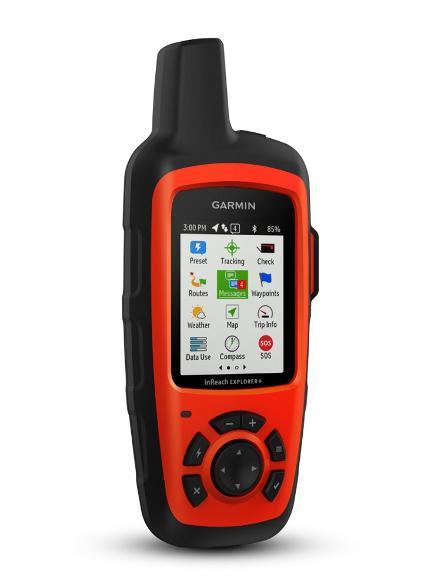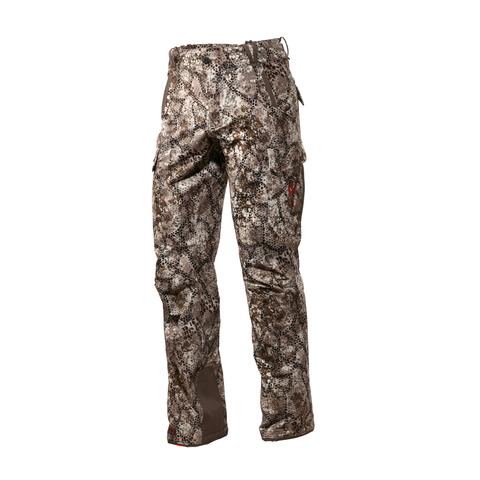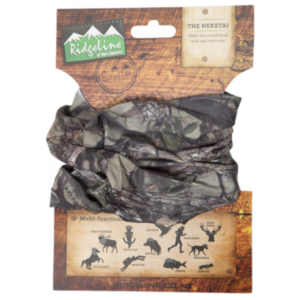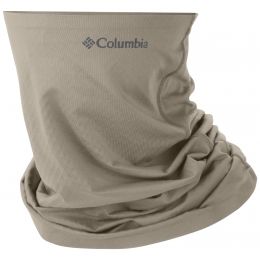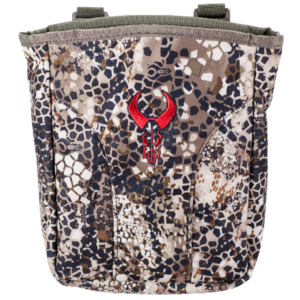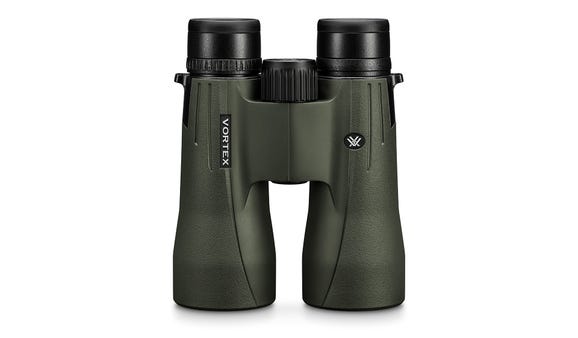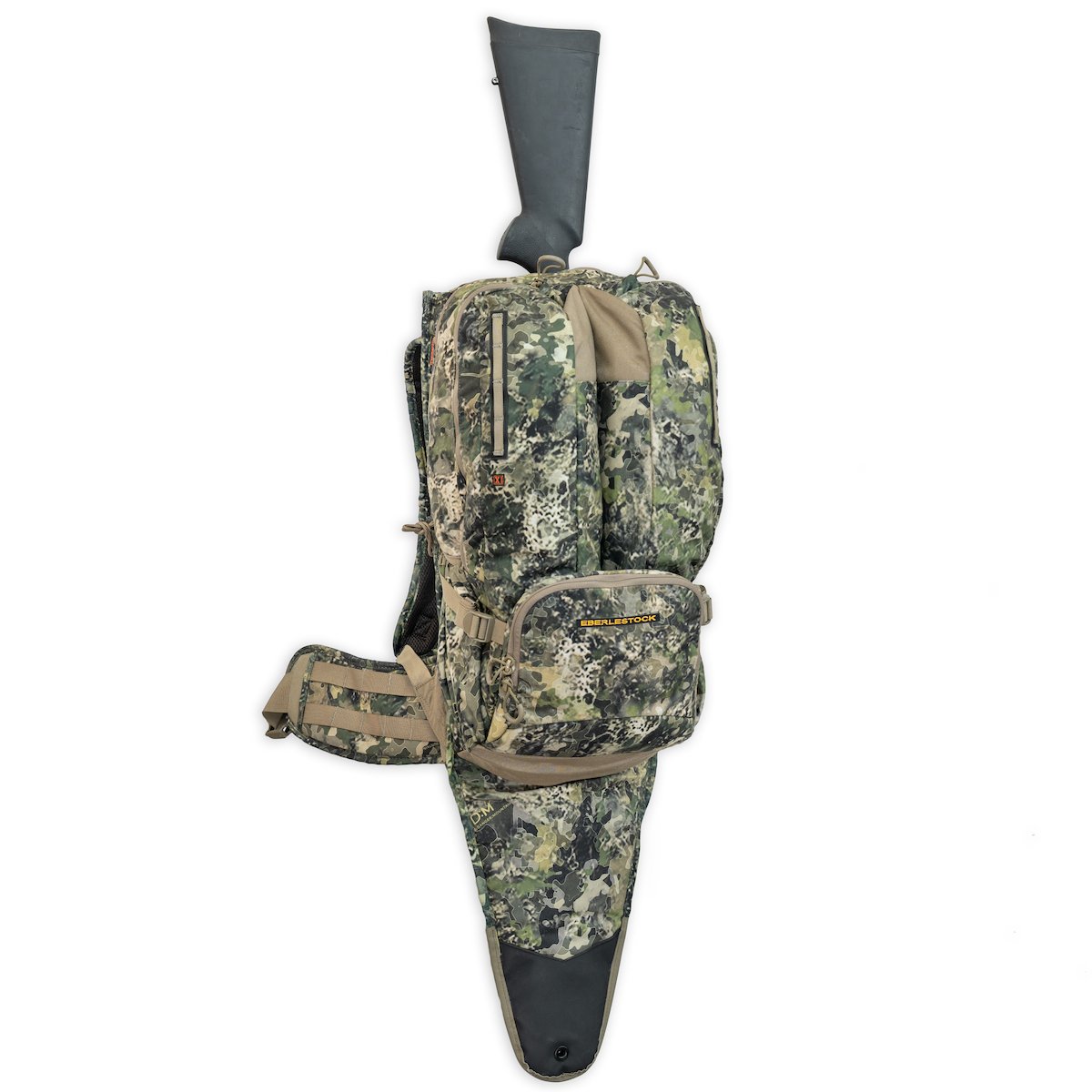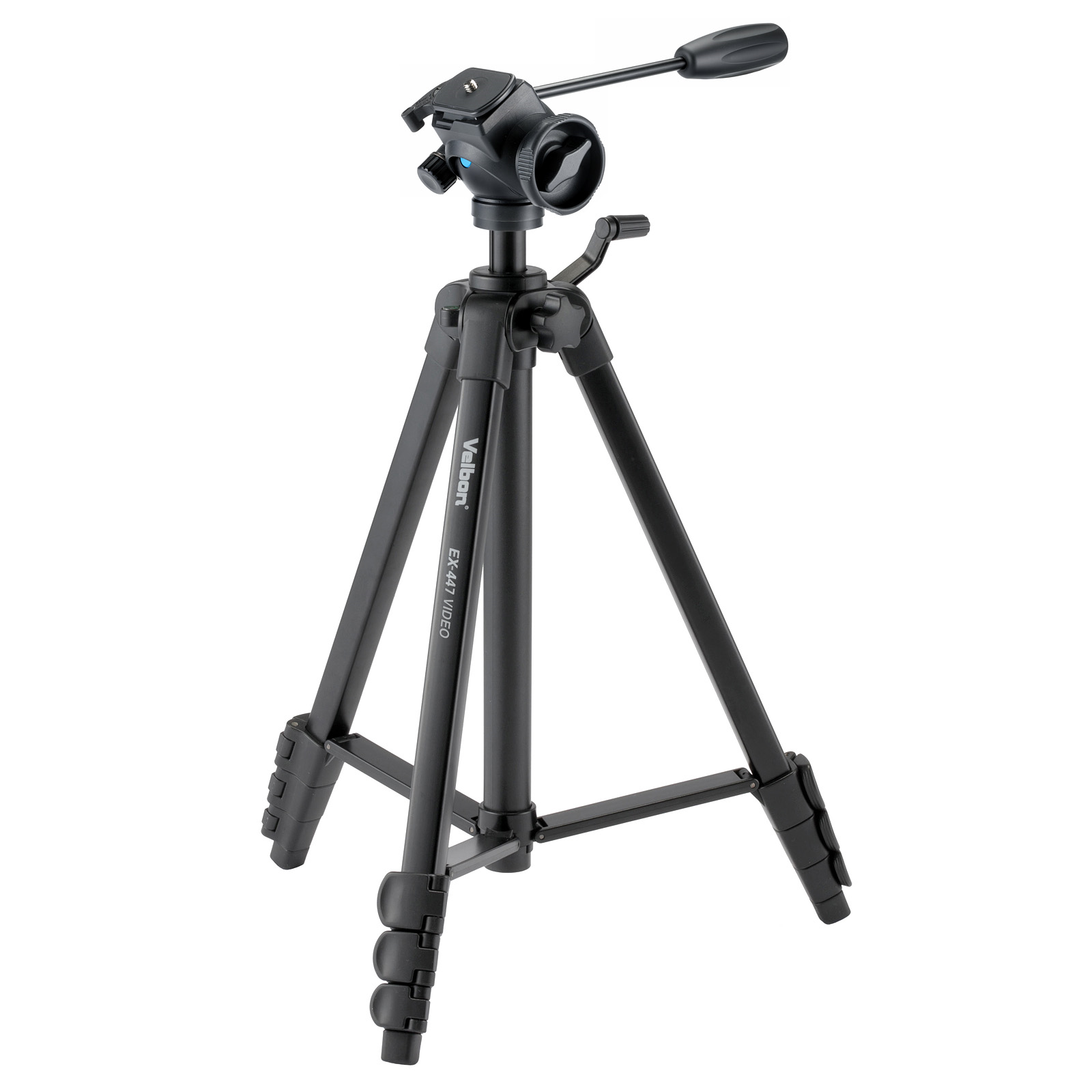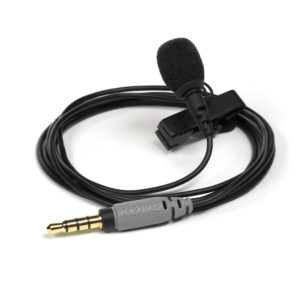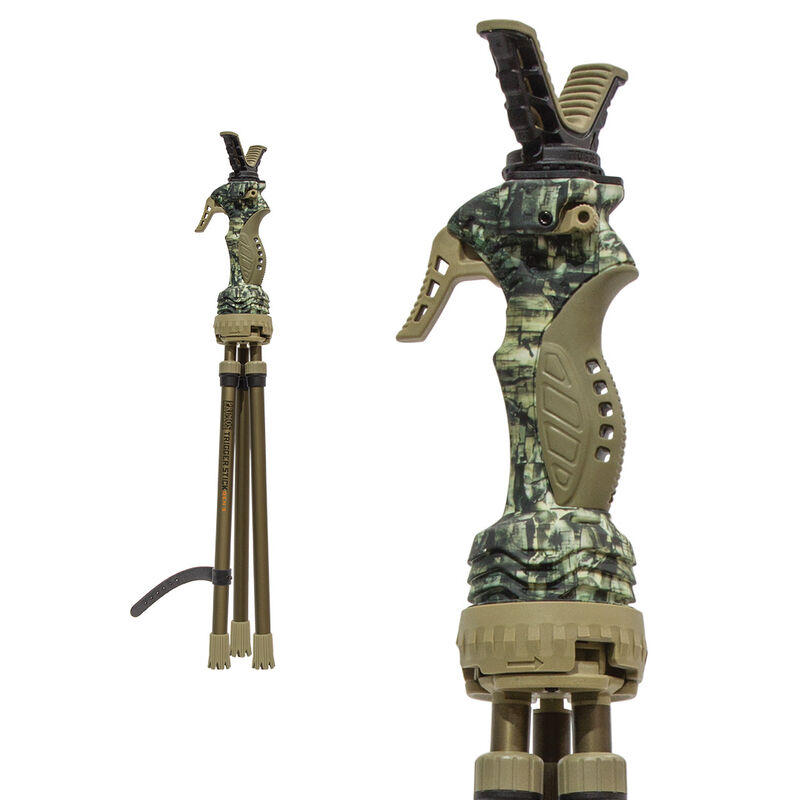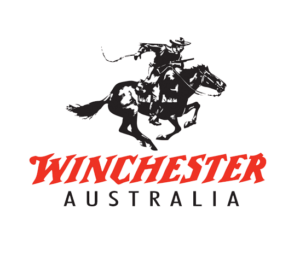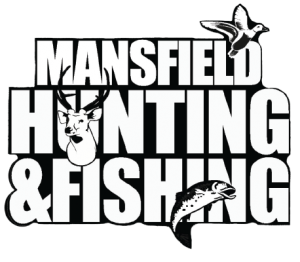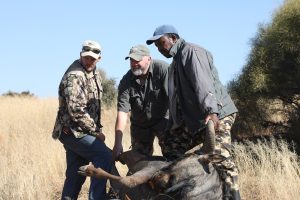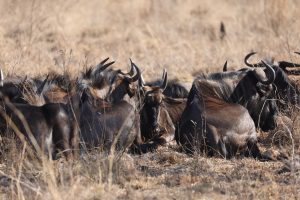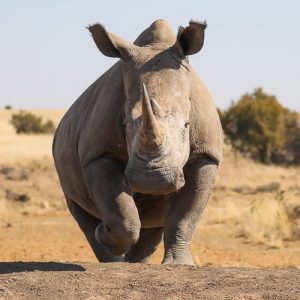Behind the Scenes
Jump to
The Hunt
In this episode of I Am Hunter, Rod, Jess and Tash set out to hunt a kudu in South Africa with professional hunter, Sakkie Botha. As they soon discovered, there’s a reason kudu have been nicknamed The Grey Ghost.
After two days of trekking through the hills of the Free State, seeing only kudu cows and younger bulls, Rod was faced with the very real prospect of walking away empty handed from the hunt. While he would have been okay with that – it is hunting, after all, not shopping – there was another option.
Switch to another species.
One of the benefits of hunting in South Africa is the vast number of game species that can be hunted – from antelope and plains game animals to the Big 5 and Tiny Ten.
They’d seen a few herds of blue wildebeest on the property but sheer numbers don’t make it easier to hunt. In fact, hunting herd animals can be downright painful. Used to fleeing from their lives from large predators, large herds can have hundreds of eyes watching and waiting, ready to flee at the slightest sign of danger!
Sure, we could have sat in a blind, but we prefer to get out on foot – spot and stalk hunting.
Wildebeest also have some unique peculiarities that make hunting more challenging.
For starters, both the males and females have horns, so unless you can clearly see a big old set of testicles or some genitalia, it isn’t always clear which animal to target amongst the herd.
Wildebeest also have a large hump on their back, which can be tricky in knowing where to place your shot. If you’re not careful, it’s really easy to hit them too high and not get a kill shot.
This is why having a good professional hunter along can make all the difference between a successful hunt and complete failure.
Professional hunters have an in-depth knowledge of all of the game species in South Africa. After all, the certification process to get accredited as a professional hunter involves attending an intensive training program for 10 days and then apprenticing under an experienced professional hunter for another 60 days.
The Location
The hunt took place in Smithfield, a rural farming district in the Free State of South Africa. Located 530km south west of Johannesburg, and 290kms west of Lesotho, Smithfield is the third oldest town in the Free State.
The hunting concession itself was enormous, and had been set up as a conservation program for the endangered white rhinoceros. The owner uses income he generates from trophy hunting plains game and antelope species to pay for a breeding programs for the rhinos. This is such a great example of the symbiotic relationship that exists between hunting and conservation that few anti-hunters truly understand.
In this episode, you’ll also see that we stumbled across some old rock paintings on the property.
Sakkie took a guess at how old these were, guessing 150 years. But we did some research afterwards and discovered these were painted by the San Bushmen and they were a lot older than Sakkie thought!
Scattered throughout South Africa, the rock paintings range from 3,000 years old to more than 73,000 years old, which makes it the oldest known artwork in the world.
The San were the first people to live in Southern Africa, and were indigenous hunter-gatherers whose territory ranged from South Africa, Botswana, Namibia and Lesotho right up to Zimbabwe, Zambia and Angola.
They were semi-nomadic, moving seasonally to follow the wild game, edible plants and to find water.
The San used crushed red rock mixed with fat to paint symbols and metaphors that have not only lasted thousands of years, they give us insight into how the San people lived.
The artwork depicts hunters, animals, and half-human/half-animal hybrids taking part in ceremonies and dances.
Some archeologists believe the San artwork had spiritual connotations and was used to bring good fortune to the hunt, with the hunters using the head of an animal to stalk in close to the herd (the earliest form of camo clothing!).
The San people hunted and ate antelope, giraffe, lion, zebra, porcupine, fish, insects, tortoise, hyena, snakes and flying ants. They also gathered eggs, wild honey and plants.
Their hunting methods were particularly interesting. While they did a fair amount of trapping, they also hunted with bow and arrows, dipping the tip of the arrow in a deadly poison that killed the animals.
As a society, they were quite resourceful, using every part of the animal’s that they hunted (which still happens in Africa, despite what people may think).
The San people still exist in small numbers today, with around 100,000 San bushmen scattered throughout Southern Africa.
Want to learn more about the San people and their customs? Check out http://www.krugerpark.co.za/africa_bushmen.html
Animals hunted
In this episode, Rod hunted blue wildebeest, one of Africa’s largest antelope species.
The name wildebeest literally translates to wild beast in Afrikaans, and was given to them for their menacing appearance. But while they may appear mean, their looks are definitely deceiving. You only have to watch them racing and leaping across the plains to see why they have earned themselves the comedic reputation as the clowns of the Savannah.
Click the photo below for a more in-depth look at the wildebeest.
NAME
Blue Wildebeest
SCIENTIFIC NAME
Connochaetes taurinus
RECOMMENDED FIREPOWER
Firearm - .270 or larger. Bow - 70lbs DW + 450g AW
CONSERVATION STATUS
Least Concern
WHERE TO HUNT
Botswana, Mozambique, Namibia, South Africa, Zimbabwe and most of Zambia except in the Luangwa Valley.
Game Saver Tips
There is a common misconception among Westerners that a successful trophy hunt in Africa means the meat must be wasted, but nothing could be further from the truth.
Like the San Bushmen who came before them, modern Africans are very resourceful and use every single part of the animals that are hunted: meat, bones, hooves, inner organs and all. In fact, many Western hunters could learn a thing or two from them in how to utilise the whole animal.
If the hunter is local, they can have the meat butchered and processed locally and take it all home. If the hunter is international, the meat is either sold or donated, depending on the outfitter themselves. Or at the very least, used to feed any predators on the property.
We were able to harvest the backstraps from our wildebeest, which we took back to our friends’ house in Johannesburg for a traditional South African braii (BBQ). The rest was donated to a local village.
While we tend to turn our noses up at unfamiliar meats, the locals are not so fussy.
We noticed one of our trackers eating something that looked tasty, and so we asked him what he was eating.
His response: meat!
When we pressed him for more information, he simply shrugged his shoulders and said ‘just meat’.
There was no delineation between livestock, wild animal, rodent, poultry or fish. Meat is meat. It feeds the body and that is all that matters.
We weren’t quite that adventurous, but while we were in South Africa, we had the opportunity to try a wide range of game meats: from the ubiquitous venison to warthog, zebra, crocodile, and ostrich. The girls even insisted on cooking up the ground squirrels they hunted with their bows.
Below is a couple of our favourite South African dishes, as well as an article that takes a deeper look at what happens to the meat after a trophy hunt.
Gear List
You can click on any of the images below to go to the website to purchase or find out more about any of the products that we used in this episode.
We have tried to make the list as exhaustive as possible, however, if we have missed anything that you would like to know more about, please send us an email at team@huntshack.net and we’d be happy to help out.
If you are a member of I Am Hunter, you can save money on some of these products by using your exclusive discount codes available on the Discounts and Rewards page. If you are not a member of I Am Hunter, you can still click on the images to go to the product listings and as always you are more than welcome to join I Am Hunter to access all of our member rewards for yourself.
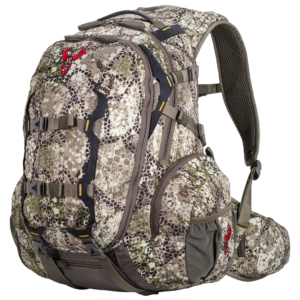
Badlands 35L Day Pack
*IAH members can get 10% off through Mansfield Hunting & Fishing
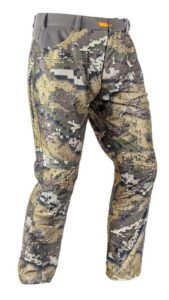
Hunters Element Macaulay Pants
*IAH members can get 10% off through Mansfield Hunting & Fishing
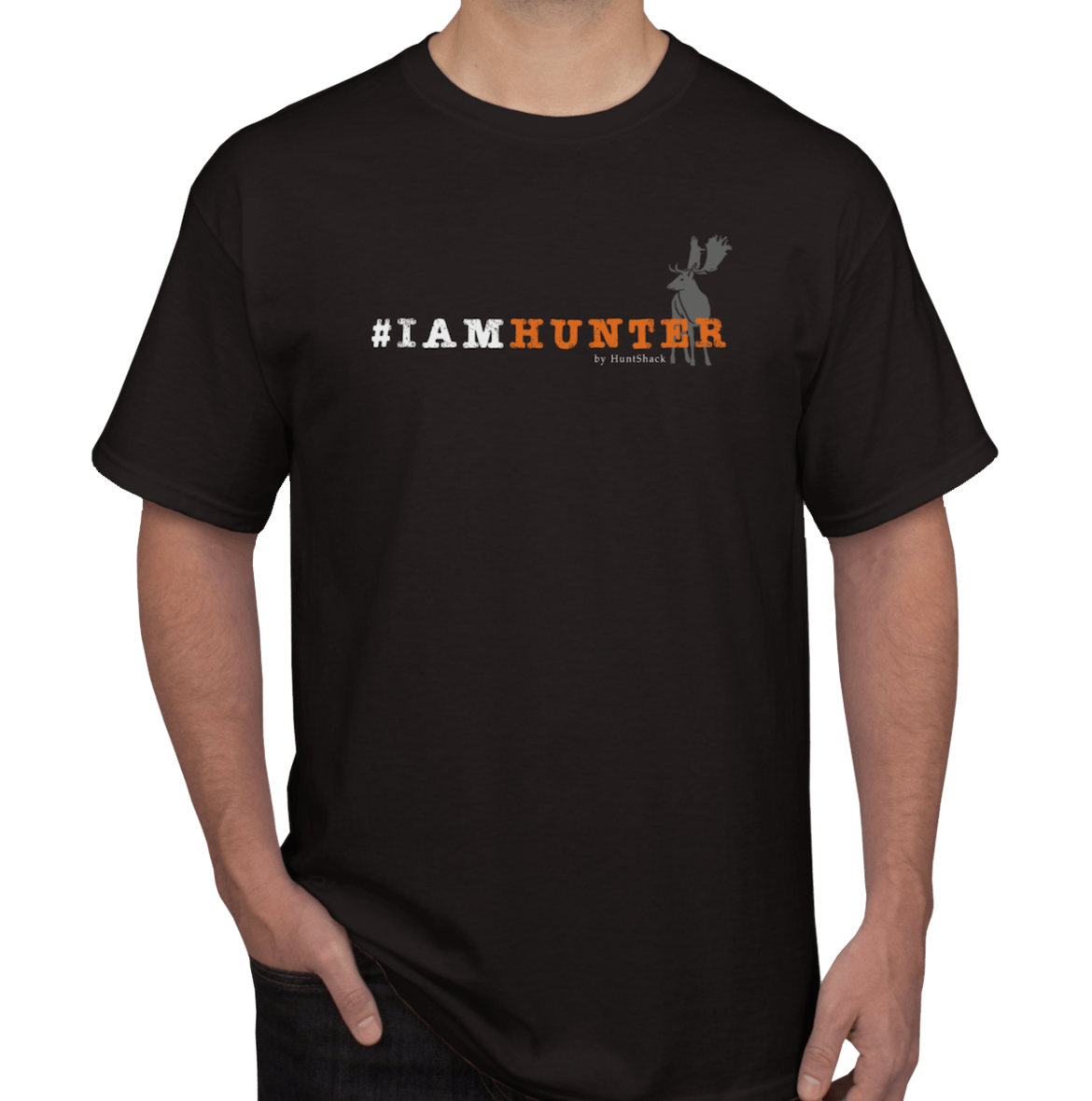
I Am Hunter Top
*IAH members get a free IAH t-shirt with their membership
Watch the full episode (members-only)
Where else can I watch this episode?
If you are an I Am Hunter member, of course, you can watch the episode right here on the I Am Hunter website.
If you’re not a member, you can watch episodes of I Am Hunter on the MOTV network. Click the link below.
Episode Sponsors
What is I Am Hunter?
I Am Hunter wants to change the way hunting is perceived and to change the conversation from a negative one driven by anti-hunters to a positive one led by hunters.
Our goal is to help hunters become positive role models and ambassadors for hunting, while simultaneously helping non-hunters understand why hunting is important.
You can become a supporter and help us achieve our goal and spread a positive message about hunting with the wider community.
Our other channels
Get our newsletter
Get our free monthly newsletter direct to your inbox
Listen on iTunes
Listen to our podcast on iTunes.
TV series
Watch I Am Hunter episodes on My Outdoor TV (MOTV)

